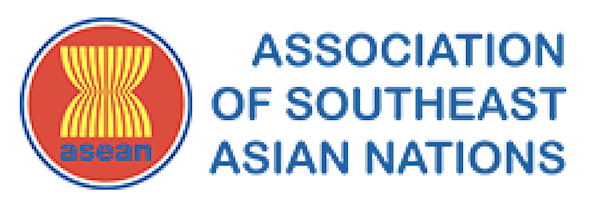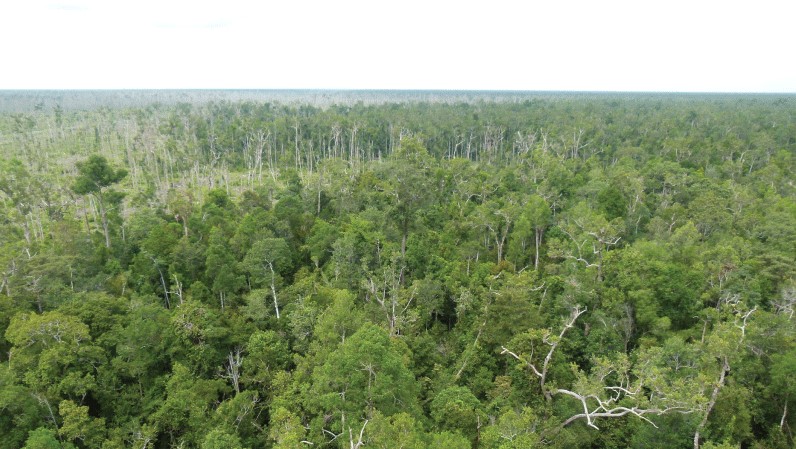Overview
One of the major land types in Southeast Asia is peatlands. In a natural state these occur as peat swamp forests. These wetland forests have developed primarily in the coastal lowland plains in-between major rivers. They cover approximately 24 million ha in the region with the majority in Indonesia, Malaysia, Brunei Darussalam, Thailand and Viet Nam and smaller areas in Myanmar, Lao PDR and the Philippines. In Indonesia, Malaysia and Brunei Darussalam they form more than 10% of the land area of the country. Peat swamp forests play a critical role in the economy and ecology of the region – providing timber and non-timber forest products, water supply, flood control and many other benefits. They also play a very significant role of global significance in storing an estimated 120 billion tonnes of carbon or approximately 5% of all global terrestrial carbon as well as being repositories for unique and important biodiversity.
Peatland by Country
Learn more about Peatlands
Peatlands are one of the most important natural ecosystems in the world. They play a key role in climate regulation, biodiversity conservation and are a source of livelihood for the local community. Peatlands are wetland ecosystems that are characterised by the accumulation of organic matter called peat. Peat is derived from dead and decaying plant material under high water saturation conditions.
As one of the world’s largest carbon stores, peatlands play a significant role in the regulation of global climate and greenhouse gas emissions. Although they only cover three percent of the land area they store between 20-35% of all carbon on land.
Peatlands are the most extensive type of wetlands in the world. They represent 50–70% of wetlands on earth i.e. covering more than 4 million km2 (equivalent to 3% of land and freshwater surface) of the planet’s surface. These unique ecosystems support a wide range of wildlife habitats with unique biodiversity that are specially adapted to such environments. They exist in varying climate conditions on different continents, from tropical to boreal and Arctic zones from sea level to high alpine conditions. Peatlands are natural systems that function at a local, regional and global level.
These ecosystems are also fundamental due to their vital functions in carbon, hydrological and geochemical cycles. One third of the world’s soil carbon and 10% of global freshwater resources reside in peatlands. In fact, their total carbon pool exceeds that of the world’s forests and equals to the carbon pool in the atmosphere. Also, peatlands are inextricably linked with social, economic and cultural values important to human communities worldwide.
Since 1800, the total area of peatlands has been significantly reduced (approximated to have decreased by 10–20%) due to climate change and human activities – drainage being the main cause for agriculture and forestry. The latter two activities still continue to play major causes affecting change in peatlands, especially in the tropics. Direct impacts on peatlands include drainage, land conversion, excavation, inundation and visitor pressure; indirect impacts are a result of air pollution, water contamination, contraction through water removal, and infrastructure development. Increased human demands place pressure on the use of these unique ecosystems and their natural resources, thus significantly changing the range and importance of the system’s diverse functions, services and resources.
Due to growing needs of resources from peatlands, sustainable and wise use of these ecosystems is essential in order to ensure that sufficient areas of peatlands remain to carry out their vital natural resources functions while satisfying the essential requirements of present and future generations.








